In today’s fast-paced business world, staying ahead means balancing seamless daily operations with forward-thinking decisions and strategic planning. That’s where ERP (Enterprise Resource Planning) and CPM (Corporate Performance Management) come into play. They are both powerful tools, but they are designed to handle different aspects of business. Let’s go deeper into what makes them distinctive and why your organization might need both.
Read Our Latest Resources
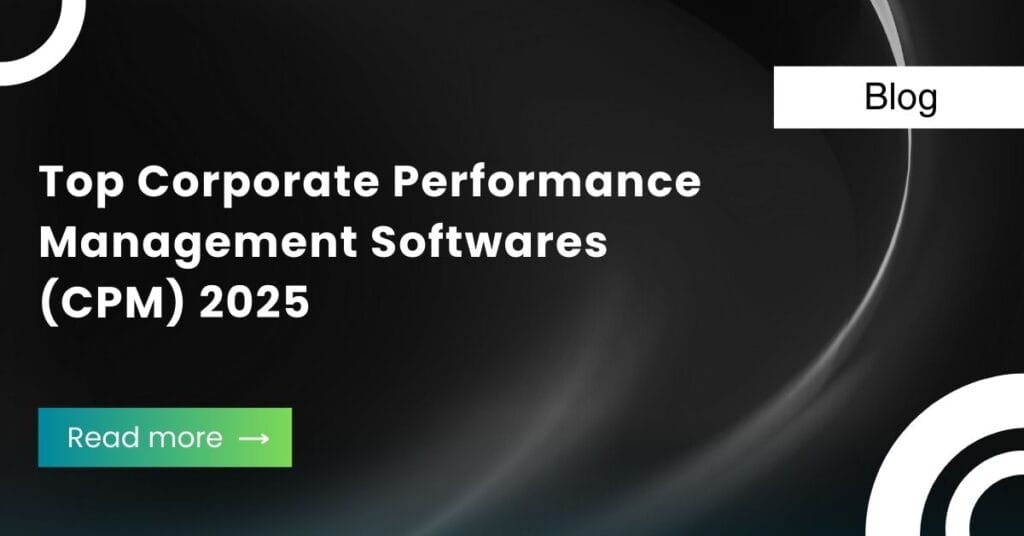
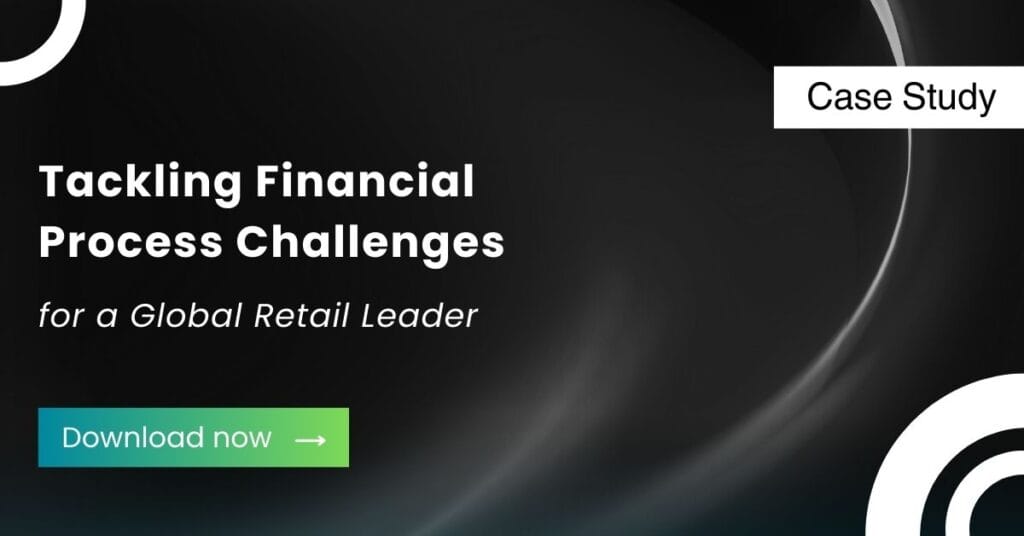
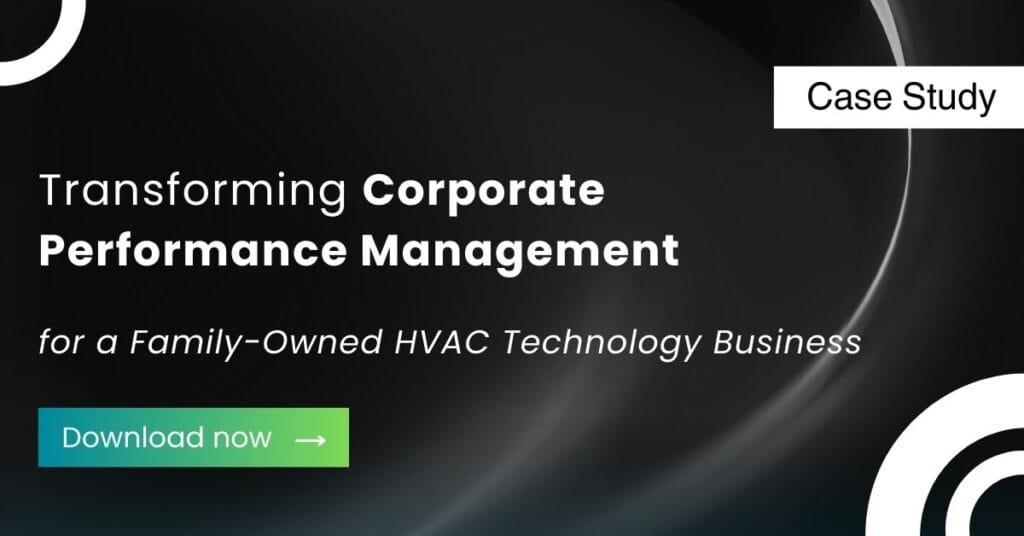
ERP systems act as the key tool of your business, automating core processes like accounting, inventory, procurement, supply chain, managing and human resources. They bring all your business data into one place, ensuring seamless workflows without any interruption and operational efficiency.
ERP system allows a manufacturing company to track raw materials, process orders, and manage delivery schedules—all in one place.
While ERP focuses on what, CPM delves on the why and what’s next. CPM tools provide the analytics, reports needed to align your day-to-day operations with your long-term goals forecasts. It serves essential system for strategic planning, budgeting, and measuring performance.
A CPM tool helps the same manufacturing company forecast next quarter’s revenue by analysing current sales trends and production capacity.
A solution to your never-ending CPM challenges
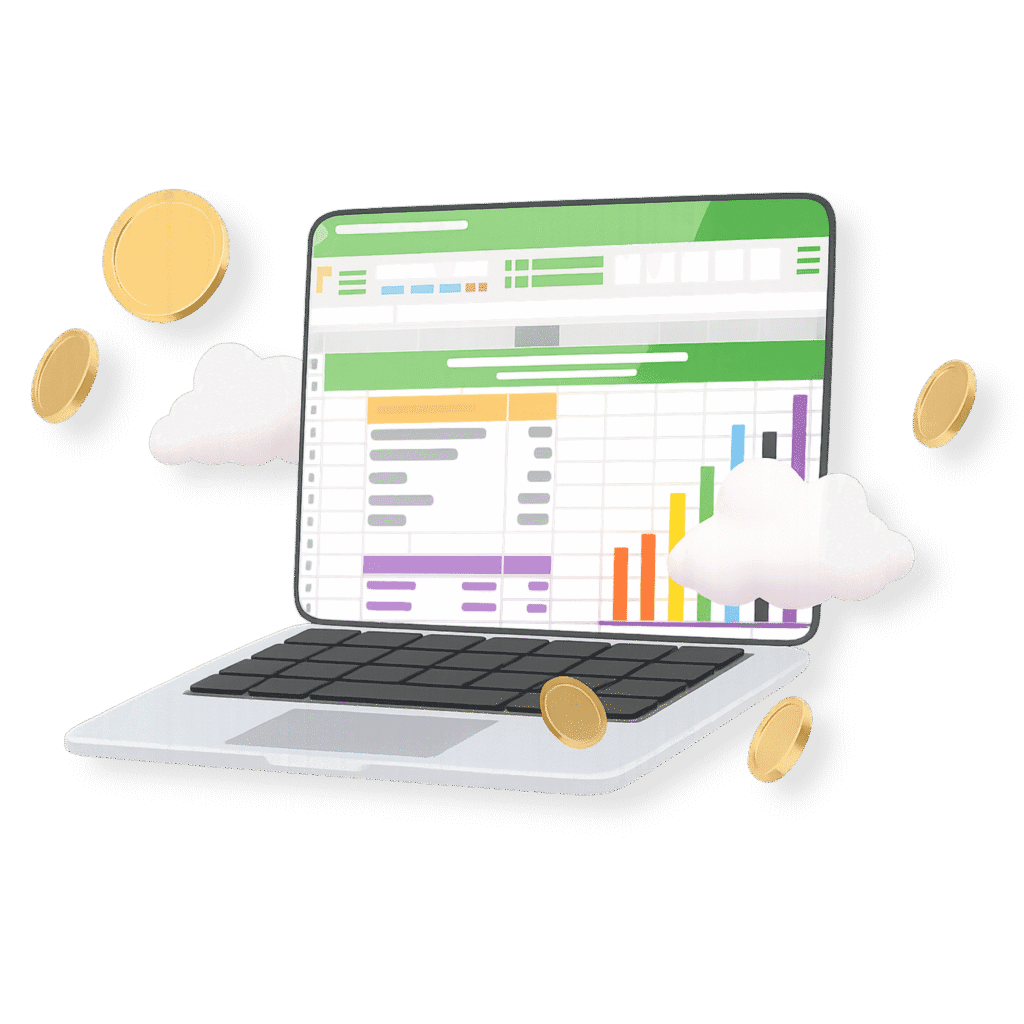
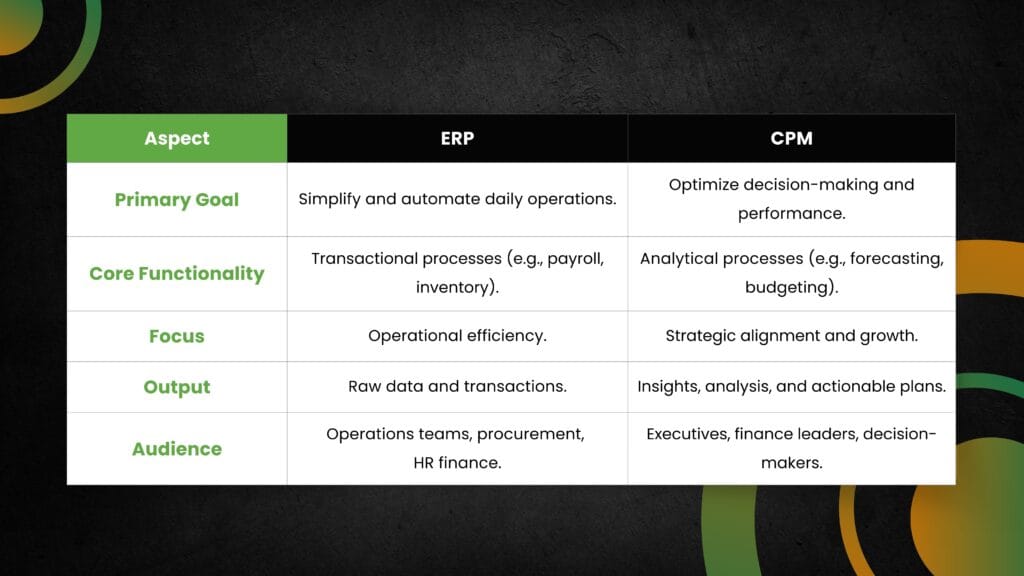
Leading companies leverage the synergy between ERP and CPM systems. Here’s how they complement each other:
While ERP focuses on what, CPM delves on the why and what’s next. CPM tools provide the analytics, reports needed to align your day-to-day operations with your long-term goals forecasts. It serves essential system for strategic planning, budgeting, and measuring performance.
Company: A retail chain with 50 stores nationwide.
Result: The company reduces costs by minimizing overstock, increases revenue with targeted promotions, and stays ahead of competitors by adapting swiftly to market trends.
Using ERP without CPM is like driving without headlights—you are moving forward, but without clear direction. By integrating CPM with ERP, businesses unlock:
Whether you are just beginning with ERP or ready to take the next step with CPM, we can assist you. Let us help you unlock the full potential of your data—transforming operations into opportunities and plans into performance.
A solution to your never-ending CPM challenges

Share
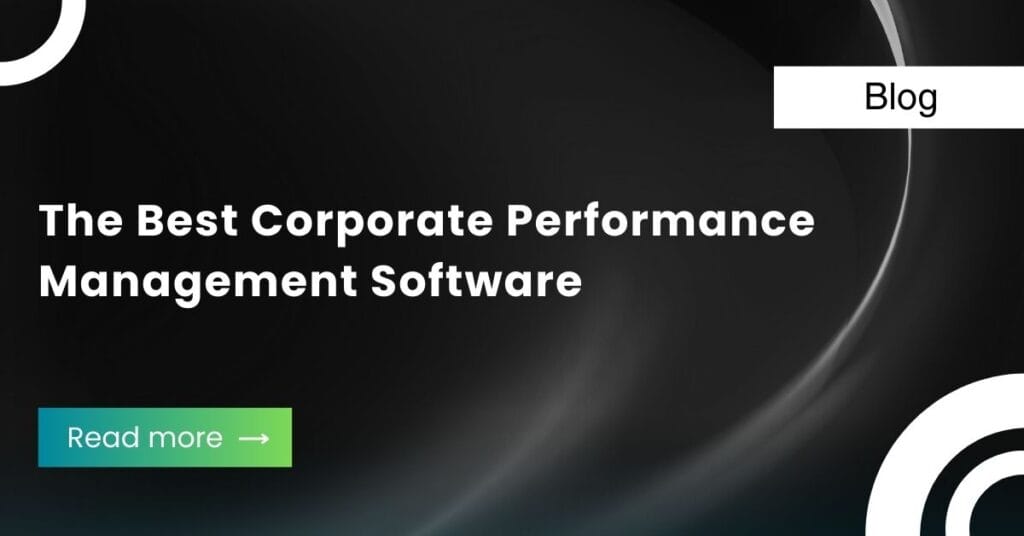
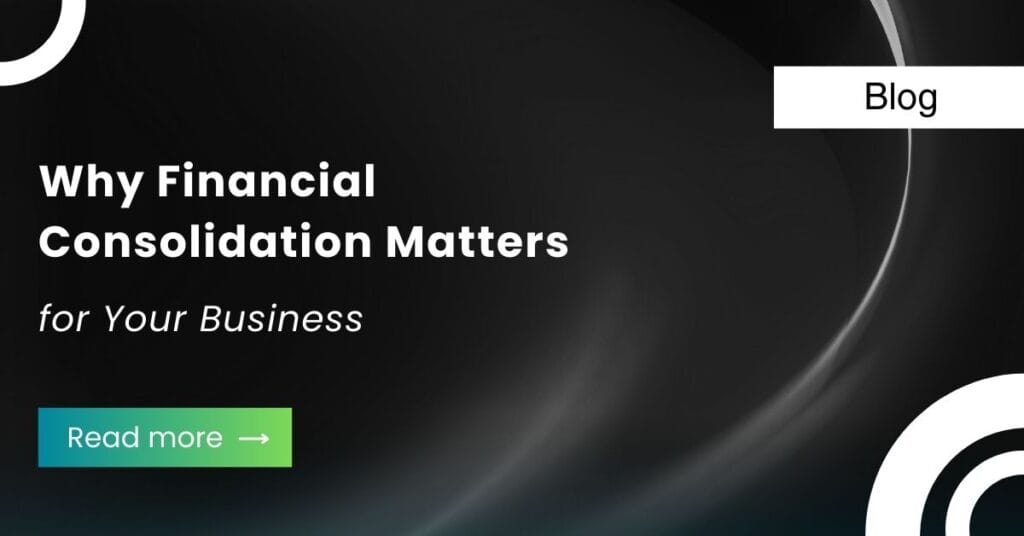
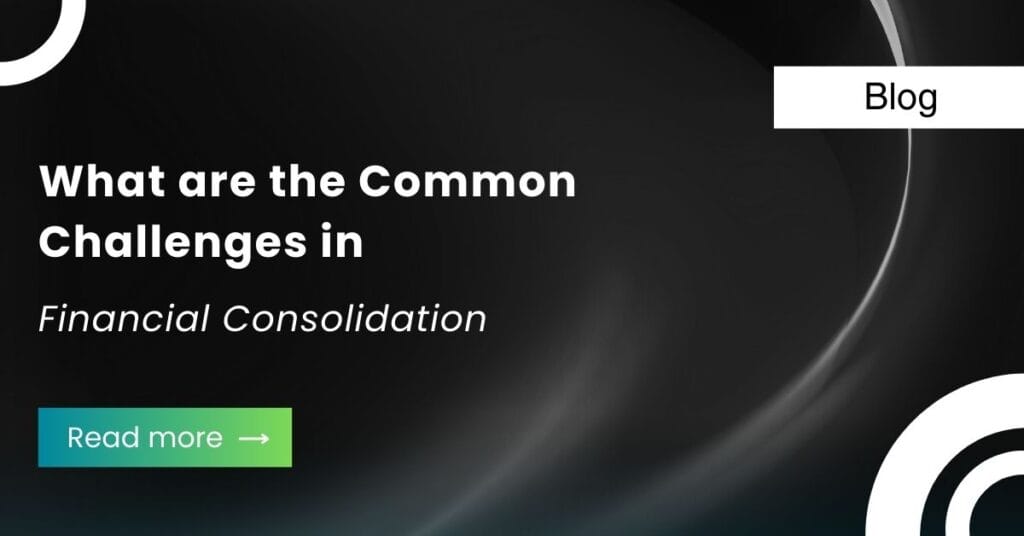


is at
Meet us at SFF 2025
Booth: 4G40, Hall 4